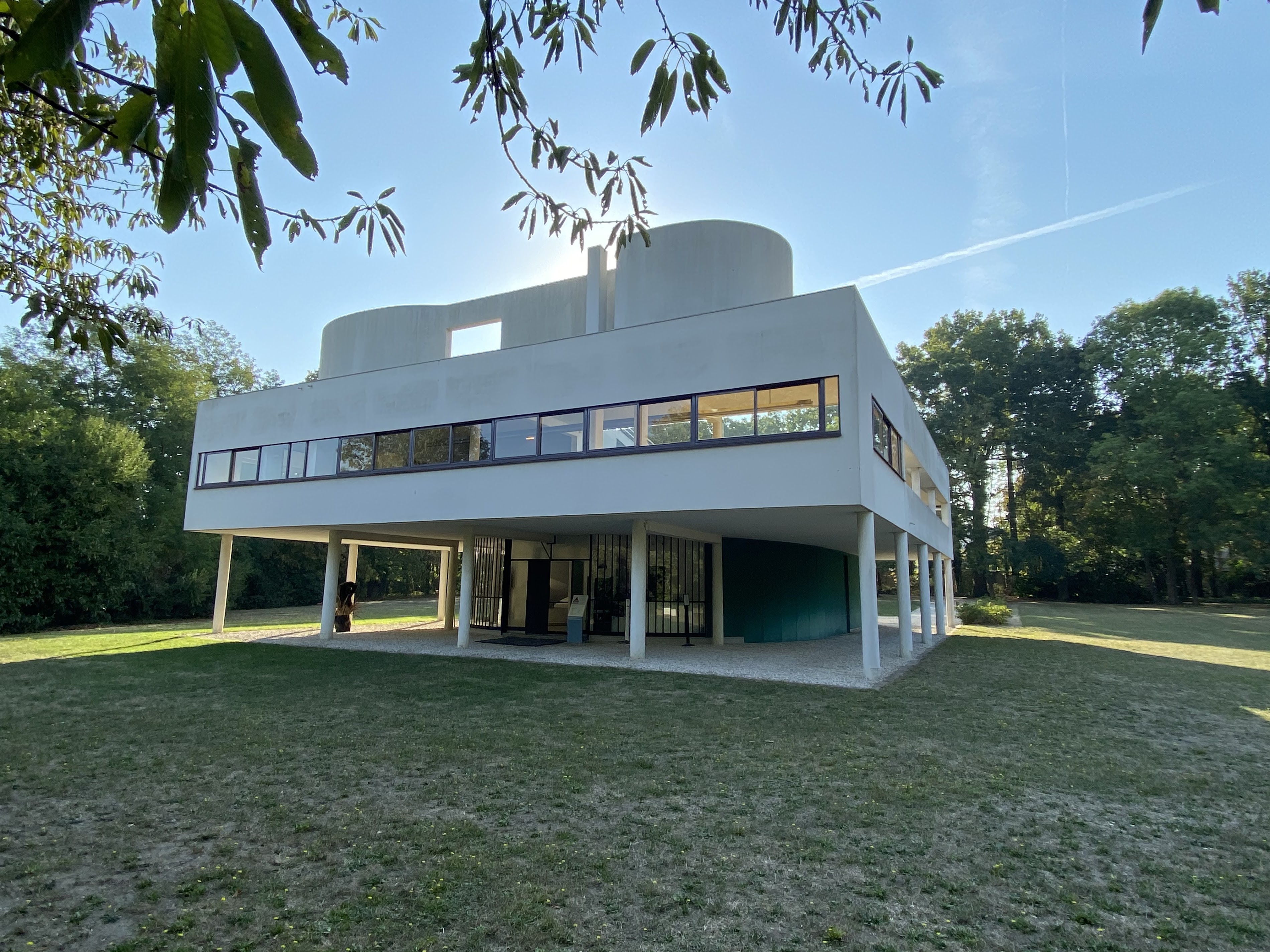Villa Savoye: A Masterpiece of Modern Architecture
In the charming town of Poissy, the essence of modern architecture can be experienced at Villa Savoye, a renowned building designed by the Swiss architect Le Corbusier. This iconic structure, celebrated for its innovative design and functionality, draws visitors from all over the world, eager to witness its historical significance and aesthetic appeal. Surrounded by a tranquil garden, the villa stands as a testament to the principles of the International Style, blending seamlessly with its environment while making a bold statement.

A Vision of Modern Living
The villa, constructed between 1928 and 1931, serves as a prototype for modernist residential design. Its simple geometric forms, open floor plan, and integration of nature reflect Le Corbusier's vision of a new way of living. Upon entering, visitors are greeted by an inviting atmosphere that emphasizes space and light. Large windows flood the interior with natural light, creating a warm and welcoming environment.
Throughout the villa, the open layout encourages a sense of flow from room to room. The living spaces, designed for both functionality and comfort, invite relaxation and interaction. Furniture was specifically designed for the villa, showcasing the seamless blend of art and architecture that defines Le Corbusier's work.
Things to do in Poissy
Architectural Innovations
Villa Savoye's design principles highlight the five points of architecture proposed by Le Corbusier: pilotis (supports), flat roof terrace, open floor plan, horizontal windows, and a free facade. These elements can be seen in the villa's elevated structure, allowing the landscape to continue beneath it and providing an unencumbered view of the surrounding area.
The pilotis elevate the villa, creating a sense of lightness and space beneath. This unique feature not only enhances the aesthetic appeal but also ensures that the building remains in harmony with nature. Visitors often admire how the villa appears to float above the ground, a remarkable feat of architectural ingenuity.
A Cultural Landmark
Over the years, Villa Savoye has been recognized as a cultural landmark, gaining designation as a historical monument in 1964. Its significance extends beyond its architectural merit; it represents a pivotal moment in the evolution of modern architecture. As a UNESCO World Heritage Site, the villa is preserved as a valuable piece of cultural heritage, attracting architecture enthusiasts and curious travelers alike.
Guided tours offer insights into the villa's history and design, allowing visitors to appreciate the intricacies of Le Corbusier's vision. The surrounding gardens, thoughtfully designed to complement the villa's aesthetics, provide a serene atmosphere for reflection and appreciation of the architectural masterpiece.
Connecting with the Community
While Villa Savoye stands as an individual icon, it also plays a role in the broader context of Poissy. The town itself is rich in history, offering several attractions that complement a visit to the villa. Just a short distance away, the Toy Museum awaits, providing a delightful experience for families and visitors of all ages.
The surrounding area invites exploration, with its quaint streets and charming cafes. Enjoying a leisurely stroll through Poissy after visiting the villa allows for a deeper connection with the local culture and history.
A Lasting Impression
As the day draws to a close, the beauty of Villa Savoye lingers in the mind. Its architectural brilliance and cultural significance resonate, reminding visitors of the evolution of modern design. The villa stands not just as a building, but as a symbol of innovation, creativity, and the enduring legacy of Le Corbusier.
In Poissy, Villa Savoye offers more than an architectural experience; it provides a glimpse into the future of design, inspiring generations to come. Visitors leave with a sense of wonder, having witnessed a landmark that continues to shape the way architecture is perceived and experienced today.

 Home
Home Wishlist
Wishlist